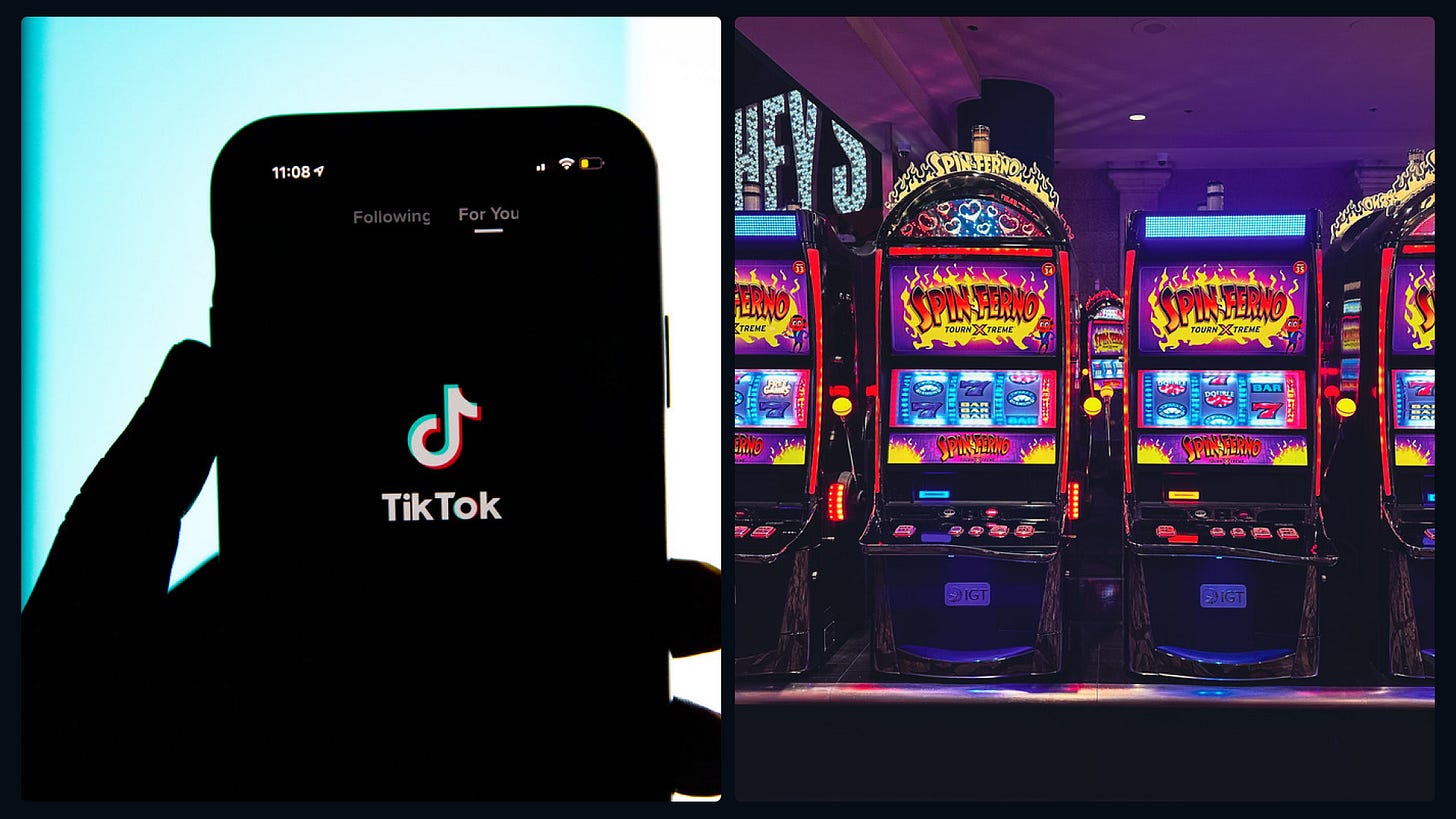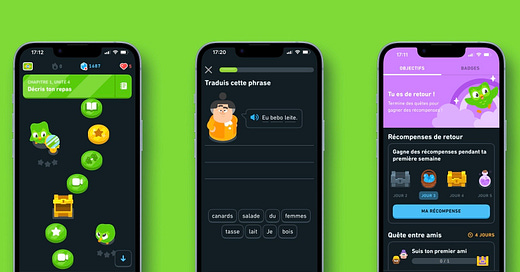Designed by design: an ontological approach to digital product design
Además, nuestras recomendaciones y vacantes
Esta edición traemos un artículo escrito en inglés por Jimena Roselly.
Designed by design: an ontological approach to digital product design
Design embodies what is innately human: problem-solving, creativity and the desire to shape our environment to meet our needs and aspirations. At its core, design is our response to the challenges we face in everyday life. As Enzo Mari puts it, “we all design, every day, when we are forced to make our own decisions, even the seemingly trivial ones. For example, having to cook and finding in the fridge only a cup of yogurt and two onions.”
When a design effectively addresses a practical need, enhances convenience or evokes an emotional connection, we seamlessly integrate it into our lives and routines until it becomes almost invisible.
Ontological design suggests that there is a profound relationship between humans and the designed world– our designs are far from being neutral entities; they reflect our frustrations, beliefs and sociocultural contexts.
We create objects and systems to serve us, and in turn, those designed commodities actively reshape who we are, influence our behaviors and alter our perceptions of reality.
As we navigate the intricacies of modern life, understanding this dynamic becomes crucial, especially in a digital age where our interactions with technology increasingly mediate our experiences, define our relationships and construct our sense of self.
Shaped by space
Ontological design emphasizes the reciprocal relationship between humans and the designed environment. Within the physical world, there is no better place to look at how our designs shape us than the home, our most personal space.
Within this intimate environment, the design choices we make profoundly influence our behaviors, interactions and even our consumption patterns.
The storage wall, introduced to consumers by George Nelson in the mid 1940s, transformed home organization by serving as both functional and an aesthetic element. By providing ample concealed space for various items, it allowed us to accumulate possessions while simultaneously hiding the clutter they created.
This design solution reflects our desire to both have things and conceal them, creating a sense of order and tranquility in our living spaces.
In contrast, conversation pits, popularized in the 1970s, emphasize social interaction and intimacy. These sunken seating areas create cozy environments for gatherings, bringing people close and encouraging deeper conversations among friends and family. By prioritizing human engagement, conversation pits shift the focus from passive media consumption to meaningful interaction, reinforcing the importance of connection within the home.
This design choice transforms living spaces into areas where relationships are nurtured, highlighting how environments can shape our social dynamics and how we decide to spend our time within the home.
Both the storage wall and conversation pits exemplify ontological design principles, demonstrating how physical spaces influence our behavior and relationships.
They remind us that objects or structural choices we often perceive as passive, such as furniture, are in fact active participants in our lives, shaping our interactions, relationships and values in profound ways.
Into the digital realm
The structures and systems we design today go beyond the physical realm and into the digital landscape. Just as the design of our homes shapes our behaviors and relationships, so do the digital products we engage with daily.
In an era where screens often replace physical spaces, the choices we make in digital product design have profound implications on how we interact, communicate and perceive ourselves and the world around us.
Social media apps have always been at the forefront of ontological debate. Apps like TikTok and Instagram serve as prime examples of how digital design can cater to our needs while also shaping our behaviors in significant ways. Both platforms utilize engaging user interfaces, featuring infinite scrolling, eye-catching animations, and gamification elements that encourage users to consume content actively.
While they successfully fulfill our desire for entertainment and social connection, they can also lock users into a cycle of continuous consumption.

The algorithm-driven feeds of these platforms prioritize short length content that keeps users engaged, often leading to extended screen time use. Although users may feel inspired by the content they encounter, the way these apps are designed often hinders their ability to translate that inspiration into real-world actions or projects, underscoring the need for an ontological approach to ensure that digital products enhance rather than detract from our lives.
By applying an ontological perspective in our digital design processes, we can build functional and profitable products that are not only user-friendly but also ethical and aligned with our ambitions, interests and overall potential as individuals.
Apps like Duolingo, Airbnb, Strava and How We Feel exemplify that adopting this design philosophy results in great digital products that we adopt and transform our quotidian life.
1. Duolingo
Duolingo makes use of key gamification elements, such as points, streaks and a rewards system, to make the learning process fun and addictive. Through a friendly user-experience and a naive UI, the app steers away from traditional learning experiences making language learning fun and enjoyable, encouraging users to develop new skills.

2. Strava
Strava, a fitness-focused mobile application, fosters community by integrating social features that allow users to connect, share their activities and interact through comments and "Kudos," creating a supportive and engaging environment for athletes.

3. How We Feel
How We Feel is a mobile app made for users to track their emotional state periodically. It uses smooth animations and motion design to make the process of logging feelings fluid and enjoyable, transforming emotional tracking into an appealing experience that encourages users to reflect on their emotional well-being regularly.

4. Airbnb
Airbnb achieves community building through its design elements, encouraging users to explore unique accommodations that reflect local culture and experiences.
Features like the ability to save favorite listings, share experiences through reviews, and connect with hosts promote interaction and engagement, turning the travel planning platform into a social experience rather than just a transactional one.

These digital products show how an ethical design does not have to compromise functionality or user engagement; rather, it can enhance them. Adopting an ontological approach to product design allows us to consider the broader implications of our creations.
As UX/UI designers, the choices we make regarding choice architecture, feedback mechanisms, content development and product branding completely shape the user experience and the extent to which the user will integrate the product into their day to day life.
By consciously designing with intention and empathy, we can transform technology into a catalyst for positive change, ensuring that our digital products enrich our lives rather than detract from them.
Design has the power to shape our realities; when aligned with our values and aspirations, it can serve as a transformative force that elevates human potential and cultivates thriving, connected communities.
Let us embrace the responsibility of designing ethically, crafting tools that inspire, empower and bring us closer together in our shared human experience.
Recomendaciones 🔥
🎙️ Igeneris te recomienda escuchar el nuevo episodio de Punto y seguido: “Innovación y tendencias en el sector de la alimentación: la apuesta de PepsiCo México | Carlos de Lascurain”. Un episodio que habla sobre cómo la segunda compañía más grande del sector alimentario enfrenta los retos a través de la innovación.
📰 Roberto Pérez, Senior Business Designer en Igeneris, te recomienda leer: “Reflections on the Last 5 Years of Entrepreneurship”. Un artículo escrito por Edu Samayoa en el que comparte aprendizajes y recomendaciones recopilados en sus último 5 años de experiencia en el mundo del emprendimiento.
#JoinIgeneris 🤝
Igeneris sigue creciendo. Si estás interesado en alguna de nuestras ofertas o conoces a alguien que pueda encajar, ¡no dudes en contactar con nosotros!
En la oficina de Monterrey buscamos:









